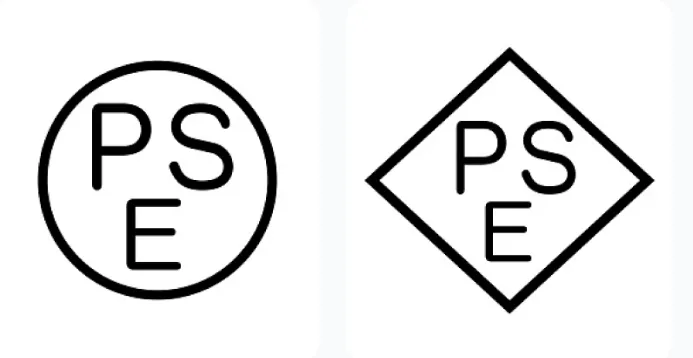
EU CE-RED Certification Introduction
What is CE-RED Certification?
The RED Directive, officially known as the Radio Equipment Directive, is Directive 2014/53/EU. Products with wireless transmission frequencies exported to the European Union, such as tablets, wireless doorbells, Bluetooth devices, WiFi devices, wireless alarm systems, radio receiving and transmitting equipment, telephones, etc., need to apply for CE-RED certification.
What are the CE-RED Certification Test Items?
Wireless products must undergo testing and obtain recognition according to the RED Directive to receive the CE-mark. The CE-RED test items include:
1. Electromagnetic Compatibility Testing (EMC)
2. Safety Testing (Safety/LVD)
3. Radio Communication Equipment Testing according to European ETSI standards (RF testing)
4. Notification of Permitted Spectrum Information in Europe (Notification)
5. Electrical Safety and Health Protection Testing (SAR Evaluation)
What Information is Required for CE-RED Certification of Wireless Products?
1. Product manual
2. Circuit diagram
3. Block diagram (also called modULe function diagram)
4. Operation description (explanation of the block diagram)
5. Bill of Materials (BOM LIST)
6. Label
7. Antenna specifications (or antenna gain chart)
8. Frequency fixing software
What are the Main Testing Standards for CE-RED Certification?
1. ETSI EN 301489-1: General requirements for the EMC part of wireless products.
2. ETSI EN 301489-3: Specific requirements for the EMC part of wireless short-range products, such as 433.92MHz wireless doorbells.
3. ETSI EN 301489-7: Specific requirements for the EMC part of wireless products with GSM functionality, such as service robots with GSM.
4. ETSI EN 301489-17: General requirements for the EMC part of broadband modulation products, such as service robots with Bluetooth and WiFi functionality.
5. ETSI EN 300220-1/-2: Testing standards for wireless short-range products with frequencies in the range of 25~1000MHz and power less than 500mW, such as 433.92MHz wireless doorbells.
6. ETSI EN 300330-1/-2: Testing standards for wireless short-range products with frequencies in the range of 9KHz~25MHz, such as 13.56MHz RFID products.
7. ETSI EN 300440-1/-2: Testing standards for broadband modulation products excluding Bluetooth and WiFi, such as 2.4G FSK-modulated game controllers. Note that for products using frequency hopping technology (FHSS), at least 20 channels must be designed.
8. ETSI EN 30328: Testing standards for broadband modulation products operating in the 2.4G ISM band, such as service robots with Bluetooth and WiFi functionality.
9. ETSI EN 301511: Testing standards for electronic products with GSM communication functionality, such as GSM mobile phones and tablets with GSM functionality. The SAR standard follows EN 62209.
10. ETSI EN 301908-1/-2: Testing standards for electronic products with WCDMA functionality, such as WCDMA 3G mobile phones and tablets with WCDMA 3G functionality.
11. en 62479: Health assessment requirements for low-power, portable wireless products, with RF output power (EIRP) requirements less than 20mW.
12. en 62311: Health assessment requirements for wireless products, ensuring that the distance from the human body is at least 20cm during use, such as wireless cameras with WiFi functionality.
Email:hello@jjrlab.com
Write your message here and send it to us
 What is Amazon TIC and How Can Sellers Achieve Com
What is Amazon TIC and How Can Sellers Achieve Com
 2026 Battery UN38.3 Certification (Test Report) &a
2026 Battery UN38.3 Certification (Test Report) &a
 What is the IEC 62680 Standard? Compliance Interpr
What is the IEC 62680 Standard? Compliance Interpr
 Amazon Japan December Compliance Requirements
Amazon Japan December Compliance Requirements
 How to Check a CPSC-Accepted Laboratory?
How to Check a CPSC-Accepted Laboratory?
 WEEE Registration for Waste Electrical &Electr
WEEE Registration for Waste Electrical &Electr
 MSDS Chemical Safety Testing
MSDS Chemical Safety Testing
 What Are the Differences Between UK REACH and EU R
What Are the Differences Between UK REACH and EU R
Leave us a message
24-hour online customer service at any time to respond, so that you worry!




